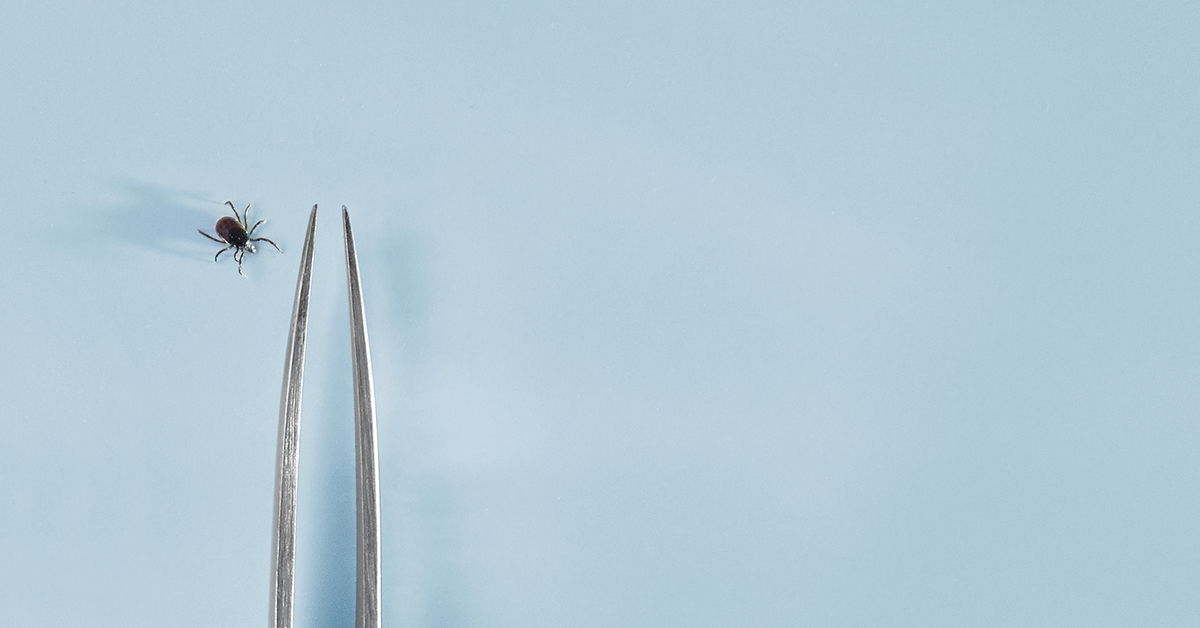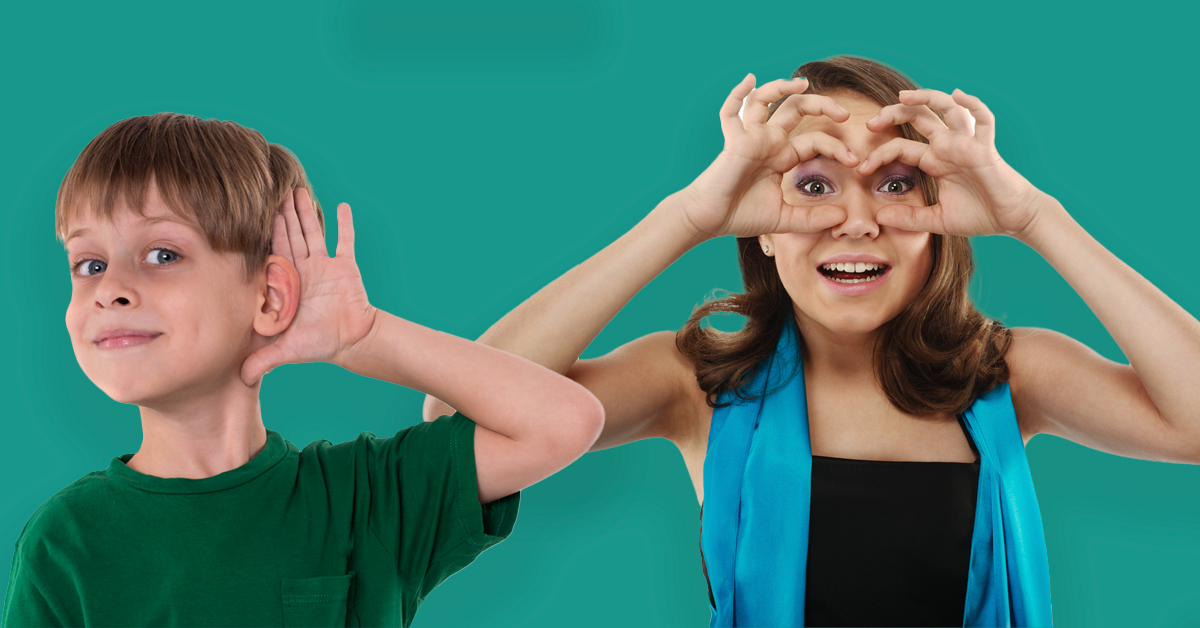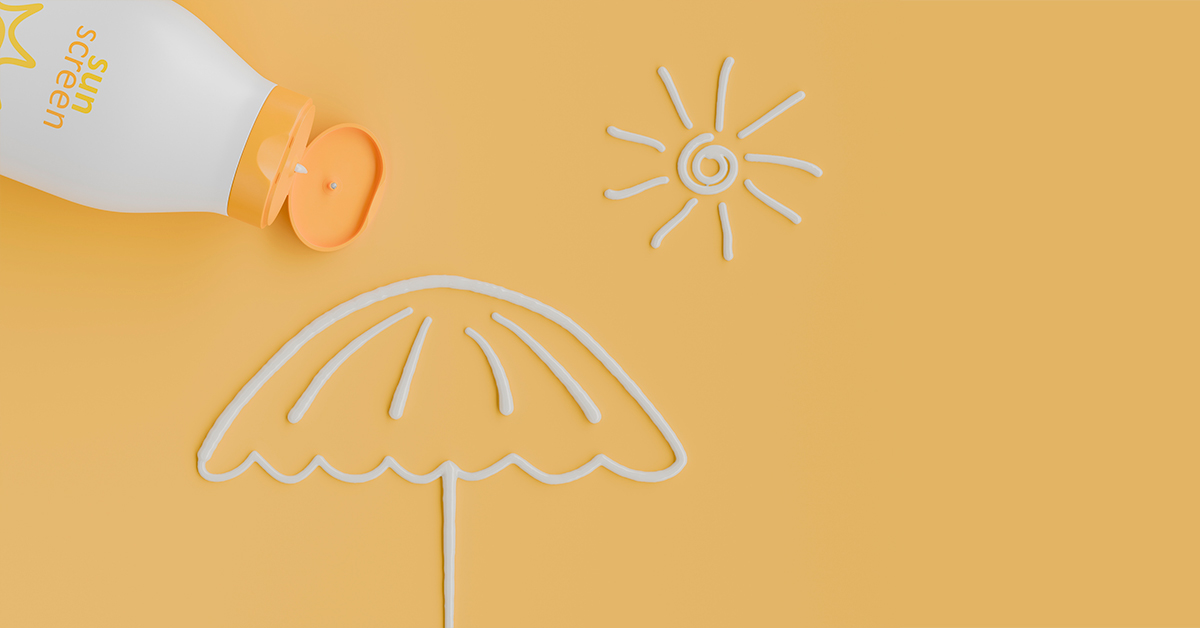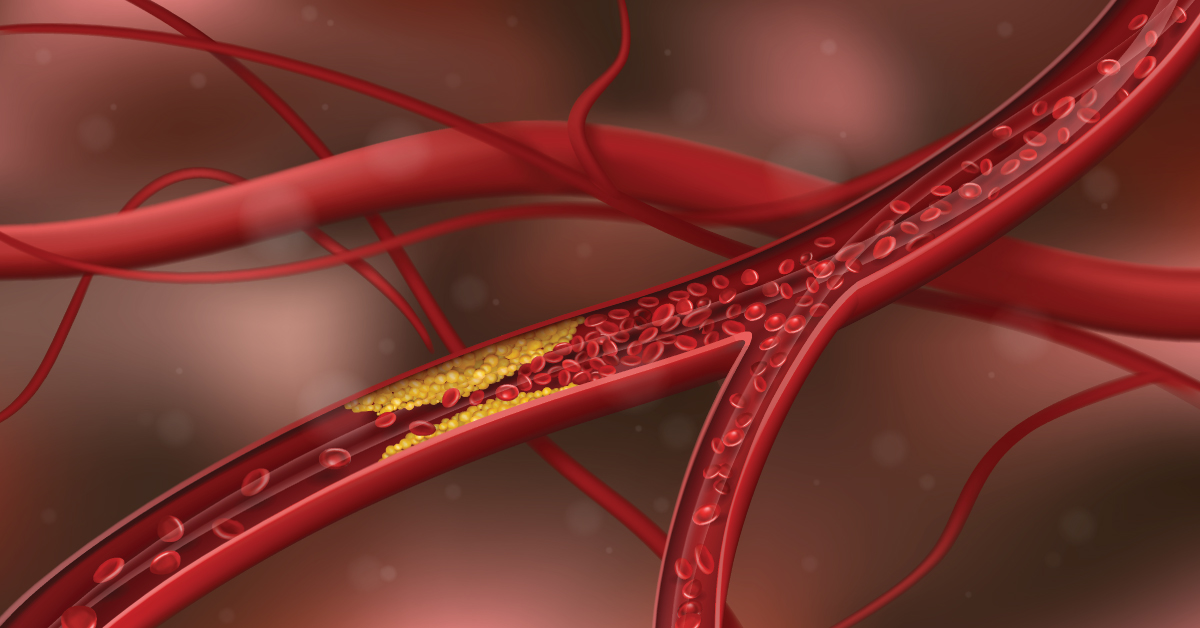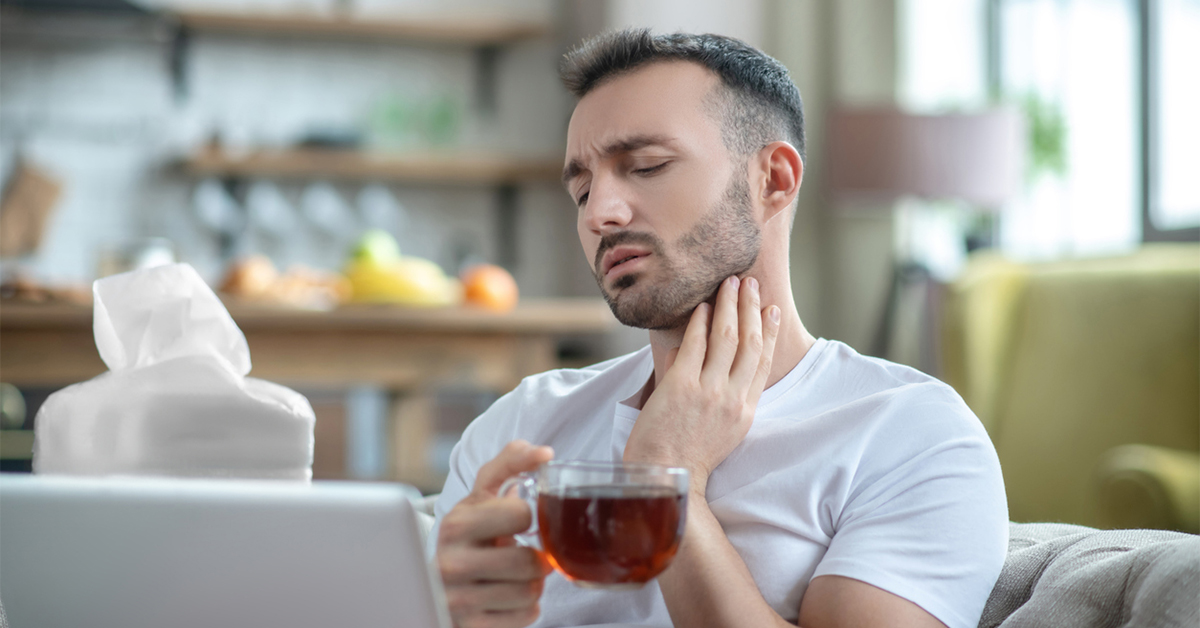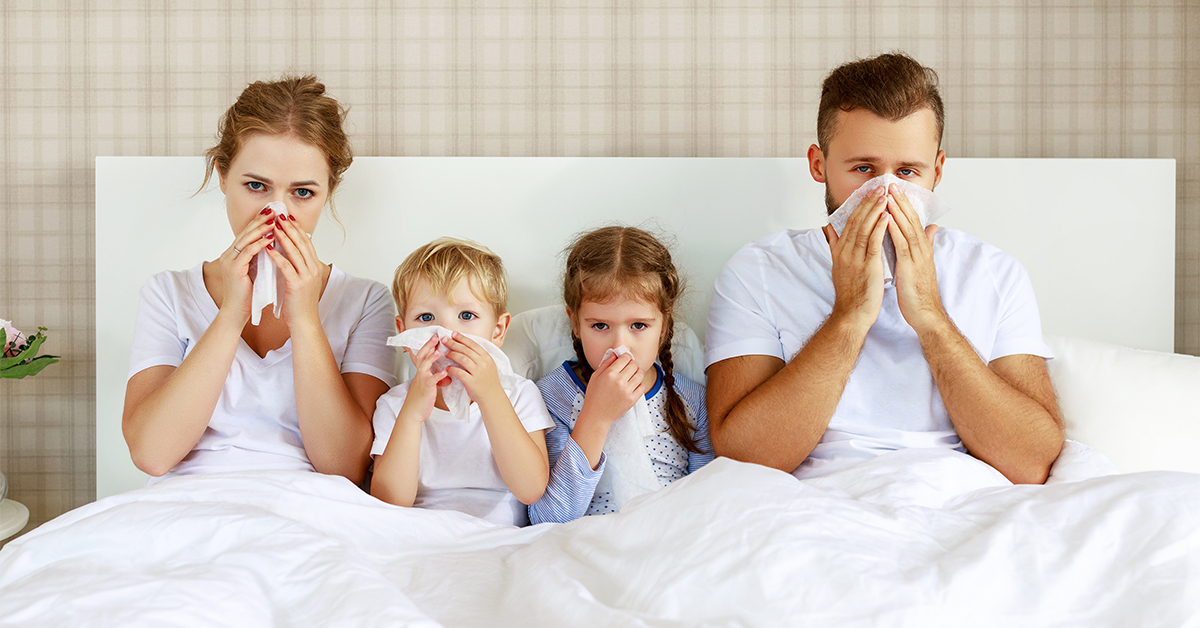With summer here, we’re enjoying more time outside, which means a higher chance of encountering ticks. These tiny critters can carry diseases like Lyme disease and other illnesses. Whether you’re out for a hike in the woods or relaxing at a backyard barbeque, these pests can easily hitch a ride, posing potential health risks. Knowing a bit about tick safety can help keep your summer adventures fun and worry-free.
Do a thorough tick check
Tick checks are a key step in preventing Lyme disease and other tick-borne infections, and making this a habit when coming in from the outdoors is a great infection prevention practice
“With tick season upon us in Pine and Kanabec Counties, daily tick checks are crucial. Early removal is key to preventing Lyme disease and other illnesses. Don’t forget to check your pets, too!”
Justyna Holcombe, BSN, RN
Welia Health Infection Preventionist
Check your whole body, especially hard-to-see places such as behind the knees, groin area and armpits. Don’t forget to check cats and dogs, too! Feel for bumps and look for small dark spots, as ticks can be tiny. If you spot a tick, remove it right away to lower the risk of infection.
What to do when you find a tick
Don’t panic
Finding a tick attached to your skin can be unnerving, but stay calm. The chances of getting Lyme disease in the first 24 hours are low. Early detection is key, so make daily tick checks a routine, especially after outdoor activities.
Use the proper tools
To safely remove a tick, you’ll need the right tools. Use one of these for the safest removal:
- Tweezers
- Tick spoon
- Tick key
Avoid using your fingers, as squeezing or crushing the tick’s body can release infected fluids into your skin. Using a lighter to burn the tick out isn’t a great option either, as this can cause the tick to regurgitate, increasing the risk of infection, not to mention possibly burning your skin.
How to remove a tick
- If using tweezers: Grasp the tick’s head as close to the skin’s surface as possible without squeezing its body. Check out this short video from the Minnesota Department of Health on tick removal using tweezers.
- If using a tick spoon or key: Slide the notch around the tick’s body, getting as close to the skin as possible.
- Apply steady, even pressure and pull upwards without twisting or jerking. This helps reduce the chance of tick parts remaining embedded in the skin, which could increase infection risk.
If parts of the tick remain embedded, try to remove them with tweezers. If you can’t, clean the area thoroughly and let the skin heal.
Record and dispose of the tick
Knowing the species of the tick can be helpful if you need medical attention later. Take a picture if you’re unsure. Dispose of the tick by:
- Drowning it in rubbing alcohol
- Saving it in a sealed container
- Flushing it down the toilet
Avoid crushing the tick with your fingers as this can expose you to pathogens from the fluids inside this tick and possible infection.
Clean the bite site
Use rubbing alcohol or antibacterial soap to clean both the bite location and the tool you used to remove the tick. Proper hygiene helps prevent secondary infections.
Monitor the bite site
Symptoms of Lyme disease can include a bull’s-eye rash or flu-like symptoms such as fever, aches, and fatigue. These symptoms can appear anywhere from 3 to 30 days after the bite. Keep an eye on the bite site for the next month. If any symptoms show up, contact your Welia Health provider right away.
Still curious about tick bites and infection risk? Check out our Lyme Disease Q&A to learn more.
Preventing tick and other bites
For more tips on tick prevention and safety, see our posts on staying safe from summer pests. You can also check out the Minnesota Department of Health for more resources and guidance.
To restock your insect repellent, visit the Welia Health community pharmacies in Mora or Pine City.
Enjoy your time outdoors this summer and use these practices to keep yourself safe from ticks and their infections.


